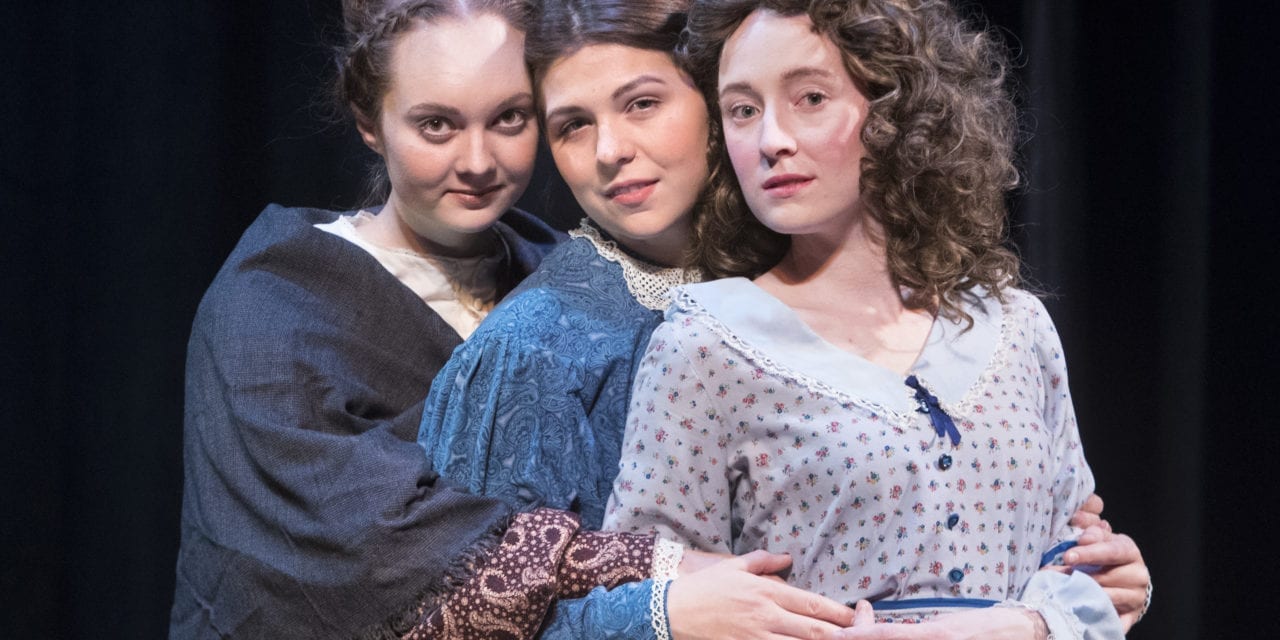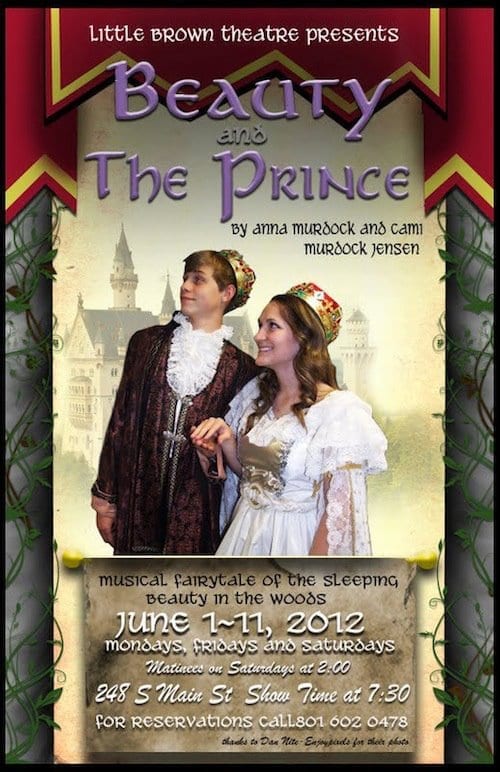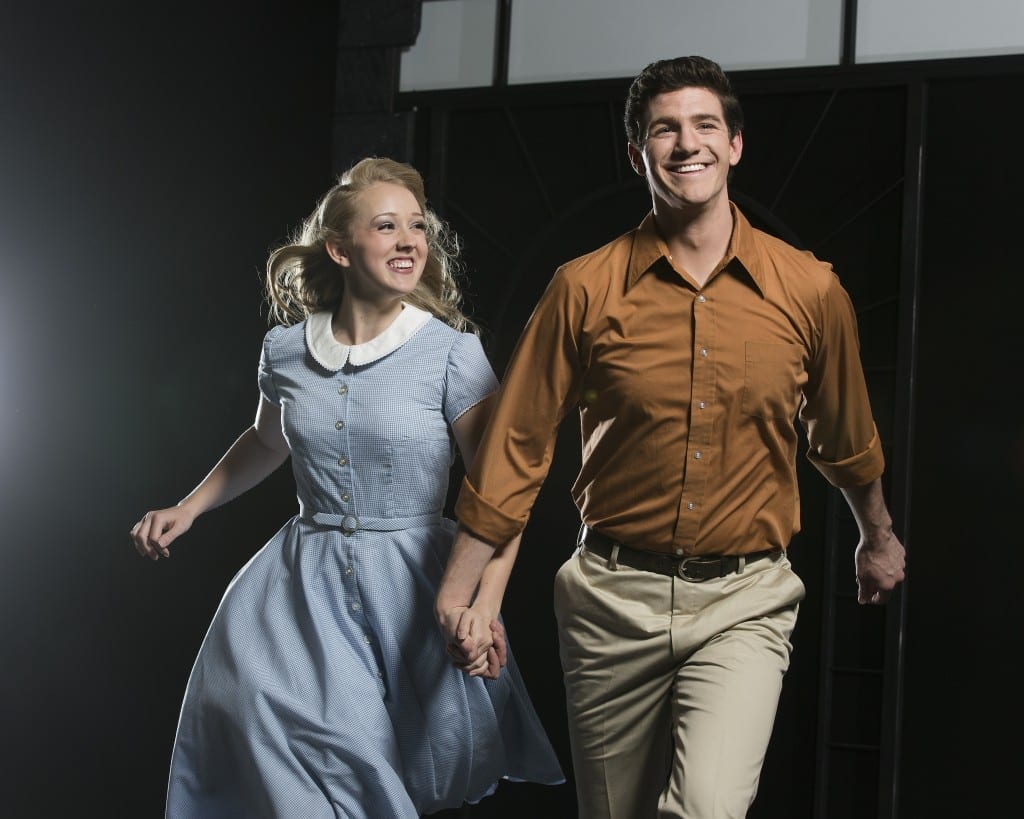PROVO — For those who find the title of The Mill on the Floss strange, it is important to know that the center of the main character’s life is her family’s mill. Situated on the River Floss (in northern England), the play tells a story of country life in the mid-1800’s.

Show closes November 18, 2017.
The Mill on the Floss is adapted from the George Eliot novel of the same name. The story follows Maggie Tulliver from childhood into adulthood as she learns to find a place for herself. When the play begins, Maggie is an untamed, wild spirit, and she bristles up against the demands that society and her family place on her.
Unquestionably, a tale of a woman’s fight against societal demands is a worthy story. But Helen Edmundsen’s script disappoints in almost every way as a worthwhile medium for discussing the psychological plight of women. The play is far too long, and easily one-third of it could be cut without any substantial loss of plot or character. Additionally, the script undercuts its feminist overtones by showing Maggie as being happiest when she is with a man. Edmundsen probably felt bound to follow the book’s plot, but the result is a play that doesn’t have any reason to exist.
One particular failed choice from Edmundsen is the decision to have three actresses share the role of Maggie. If the role had been played by one actress, it could have had great potential for a performer to demonstrate a great deal of versatility. Instead, Emily Moore, Madison Haws, and Madison Hall (playing Maggie at successively older ages) had manageable roles that gave them few opportunities to impress. Moore, particularly, had little to do besides act childish and flighty. Haws and Hall had meatier roles, as they showed Maggie deal with larger life struggles, such as mourning the death of her father, or falling in love with a suitor. Hall was especially interesting in her scenes opposite Caleb Jenson in the role of Stephen Guest. Maggie and Stephen had the most real relationship among all the characters in the play, and their struggles to understand their feelings for one another—and grapple with the pain their love could cause others—was the best part of the show.

Top to bottom: Baylee Self as Mrs. Tulliver, Madison Haws as Second Maggie, and Emily Moore as First Maggie. Photo by Savanna Richardson.
On the other hand, Haws had zero chemistry with Cooper Sutton, who played Phillip Wakem, another suitor of Maggie’s. Their professions of love rang hollow in each scene; this lack of emotional depth eliminated any tension that their relationship could have had via its opposition from Maggie’s brother. Haws, though, had the most memorable non-Maggie performance when she portrayed Aunt Glegg, Maggie’s meddlesome, stern aunt. Haws had a knack for slipping humor into her huffy line deliveries.
I wish director Adam Houghton had encouraged his cast to build meaningful relationships for their characters. Maggie’s family, for example, did not have the relaxed familiarity of a real family. The show would also benefit from tighter pacing. (The play was three hours long and felt every minute of it.) But buried within The Mill on the Floss were some gems, such as Maggie and Stephen’s scene on the boat where he confesses his love for Maggie.
Many of the supporting actors had difficulty establishing their characters as real people. The historical and geographic distance between 21st century Americans and the Victorian English characters make their actions difficult to relate to. As novelist L. P. Hartley wrote, “The past is a foreign country: they do things differently there.” In any period piece, actors must make their characters’ actions seem familiar, despite the foreign-ness. Yet, this was rare in The Mill on the Floss. Consequentially, I found myself wishing that Maggie would disregard her family’s wishes and marry Philip, even though this would be unthinkable to a 19th century woman. Unfortunately, the intimate setting of the Margetts black box theater could not compensate for the alienating effects of these cultural differences.
Rachel Bennet’s costume designs were the visual forte of the production, with the Maggies wearing blue dresses that got darker as the character aged. The men’s suits were smart and eye-catching, with Maggie’s suitors, Philip and Stephen, looking particularly dashing. The attention to detail in the costumes was exquisite (even waistbands of the men’s pants was faithful to fashions of the mid-19th century), and the clothes were nearly all film-level quality (and I can forgive the visible zippers on some of the men’s boots).
Like a stagnant river, The Mill on the Floss flows far too slowly to provide any excitement. A niche audience familiar with the source material or George Eliot’s other novels may find more to enjoy in this production. But rank-and-file theatre audiences may prefer to get their fix for the classics elsewhere this fall.





